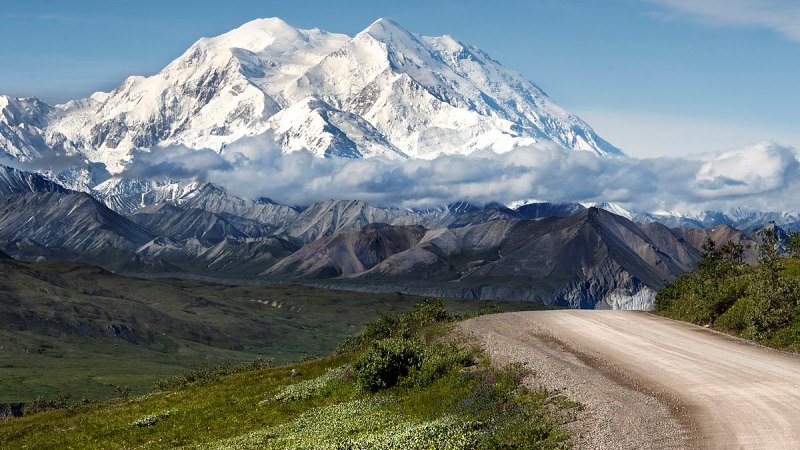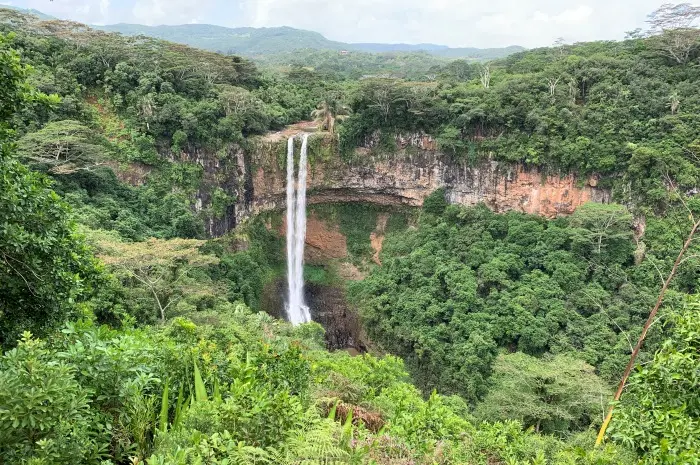Denali is the top gemstone of the Alaska Range, which types a border between Alaska’s severe internal and the south-central seaside area. It’s the maximum hill in Northern The United States at 20,328 feet, increasing suddenly out of the flatlands with little in the way of foothills. On clear days, Denali can be seen from Anchorage more than 130 kilometers to the southern. Denali National Park was recognized in 1917 to guard Dall lambs that roamed the foothills from resources predators. Nowadays, the park is a paradise for crazy animals watching, climbing, and backcountry snowboarding. Whether you trip the park on saving money and white-colored university automobiles or project into the backcountry among the Grizzlies, Denali’s is one of the last truly crazy frontiers and its strong magnificence is unrivaled.
Denali Fast Facts
- Location: Interior Alaska Range, roughly 235 kilometers and five hours generating north of Anchorage.
- Size of Denali Nationwide Park: Over 6 thousand miles, roughly the dimensions of Vermont.
- Access: There is one street into Denali National Park (92-mile National Park Road); personal automobiles are prohibited more than 15 kilometers into the park.
- Tours: National Park automobiles and fly-over trips
- Lodges: Five personal resorts are found near the end of National Park Road in the Kantishna area.
- Camping: Six public campsites applied by the National Park Service are spread out along National Park Road.
Things to Do in Denali
Only one street brings into Denali National Park: the 92-mile “Park Road” finishing at the former exploration hiking of Kantishna. Private automobiles are prohibited more than 15 kilometers into the park. Guests to Denali have the choice of taking a bus (tour bus or shuttle service bus) or a fly-over trip.
Bus Tours
Denali’s popular natural and white-colored trip automobiles protect the gap of National Park Road and quit for crazy animals watching and bathrooms along the way. Tour automobiles have a park ranger on board to give narration and travelers are only helpful for the bus on which they initially began. Shuttle automobiles are made to shift visitors throughout the park; they don’t offer narration and travelers can get off and on as they please.
- Journey Bus (White) Denali National Park tour buses have a qualified naturalist on board to provide narration and prevent for wild animals watching and bathrooms. Travelers must stay with their unique bus. Below are the three different bus trips with their turn-around factors on Denali National Park Street and length. Deals are round-trip: Denali Record Tour, Distance 17; 4.5 hours; $66.50. Tundra Forests Tour: Distance 53; 8 hours; $113.25. Kantishna Encounter Tour: Distance 92; 11 hours; $159
- Shuttle Vehicles (Green)Denali shuttles are meant to shift people around inside the park. Like tour buses, shuttle support buses quit for wild animals watching and bathrooms but there isn’t a narrator on board and passengers can get off and on anywhere along the way. Shuttles are best for those who want to see the park on their own conditions, such as day walkers and walkers. The agenda for Denali shuttles go through minor changes throughout the summertime season, but the shuttles successfully pass significant pick-up factors many times per day. Deals for shuttle support buses are destination-specific and less expensive than tour buses-it’s $50 one-way to Kantishna and the end of Denali National Park Street.
- Fly-Over Tours or “Flightseeing” Local aircraft organizations offer Denali National Park fly-over trips or “flightseeing.” The aircraft are small (3–6 seats), single-engine airplanes that can get around the restricted goes, strong climate, and glacier landings required in Denali. Picturesque fly-over trips range from 1-hour “South Face” flight tickets ($199) to 2-hour “Grand Denali” flight tickets ($385) with glacier landings. Fly-over trips run year-round based on the circumstances. Below are regional aircraft businesses that support Denali: Talkeetna Air (Talkeetna), K2 Aviation (Talkeetna), Sheldon Air Service (Talkeetna), Fly Denali (Talkeetna and Healy), Rust’s Traveling Service (Anchorage), Hiking and Backpacking.
Designated paths in Denali National Park are restricted and focused near the park entry. Tracks further toward the park internal are the Savage Stream water flow and drainage (Park Street kilometers 13-15), Eielson Guest Middle (mile 66), and Wonder Pond area (mile 85). Backcountry climbing and outdoor camping are well-known ways to see the park; for more details check out the Forests Accessibility Middle or Backcountry Information Middle.
Where to stay in Denali National Park
There are two ways to remain overnight in Denali National Park: personal resorts and community campsites. Five personal (and very expensive) resorts can be found near the end of Recreation place Street in the Kantishna place. Six community campsites are spread out along the way and applied by the Recreation place Support.
Private Lodges
A few of personal inholdings within Denali National Park are home to the park’s only official resorts. The Kantishna Roadhouse is a remodeled ancient villa at the end of the Recreation place Street with opinions of Denali and Wonder Pond. Meals are provided family-style and the roadhouse has the only full-service saloon neighborhood.
Camp Denali and the Northern Experience Lodge, both run by the same owners as the Kantishna Roadhouse, are at opposite ends of Wonder Pond. Camping Denali has traditional rooms near shrub line for opinions of Denali and the Canada Range. The Northern Experience Lodge is an inn-style building with visitor rooms connected to a lounge, fireplace, and dining room.
The Denali Backcountry Lodge has 42 moderate rooms near Moose Stream. Skyline Lodge is the best budget housing for those wanting to remain within the park.
Campgrounds
There are six established campsites in Denali National Park along Park Street. Private vehicles and RVs are able to generate to three of the campgrounds: Riley, Savage, and Teklanika (Teklanika has special rules for drive-in campers). Otherwise, vehicles are not permitted more than 15 kilometers into the park.
- Riley Creek: Park entrance; 147 websites with personal automobiles allowed
- Savage River: Distance 13 on Recreation place Road; 33 websites with personal automobiles allowed
- Sanctuary River: Distance 23 on Park Road; 7 covering sites
- Teklanika River: Distance 29 on Park Road; 53 websites with personal automobiles allowed
- Igloo Creek: Distance 35 on Park Road; 7 covering sites
- Wonder Lake: Distance 85 on Park Road; 28 covering sites
Backcountry camping is permitted in Denali National Park and allows can be obtained at the Backcountry Information Middle situated nearby to the Forests Accessibility Middle. Advanced bookings are not available and allow are released only personally. The middle is open from 9am–6pm daily during summer time season and the allowing process includes an informative video and safety talk with a ranger.
Outside the Denali National Park
Many visitors to Denali remain just outside of the park entry. The closest cities are Healy (11 kilometers north of the park entrance) and Cantwell (30 kilometers south of the park entrance). Resorts, hotels, and other resorts are found in these cities and along the linking road.
When to Check out Denali National Park
The most popular a chance to see Denali National Park is summer time when average great temperatures reach a comfortable 50–70°F. The best here we are at place trips is mid to late This summer when the air is best and there is a higher likelihood of seeing Mt. McKinley. This summer and Aug tend to be buggier and rainier, with the weather backing again in Sept. The fall is a wonderful a chance to see when the colors turn the region into a kaleidoscope of yellow, orange, and whites.
Denali National Park is mostly in the medial side of Alaska and gets very cold. The winter season months seasons are long and black, starting in Oct with first snow and finishing in May or June when continuous sunlight touches the last snowdrifts. The North Lighting is best in the deceased of the winter season (January and February), making it a popular time to visit the park despite the severe climate. Going up the season starts at the end of Apr and leads to early This summer when hotter climate delivers low-pressure systems and rainfall.
The climate in Denali is infamously volatile year-round-if possible, give yourself a few days to understand more about the park and increase the odds of good opinions.

